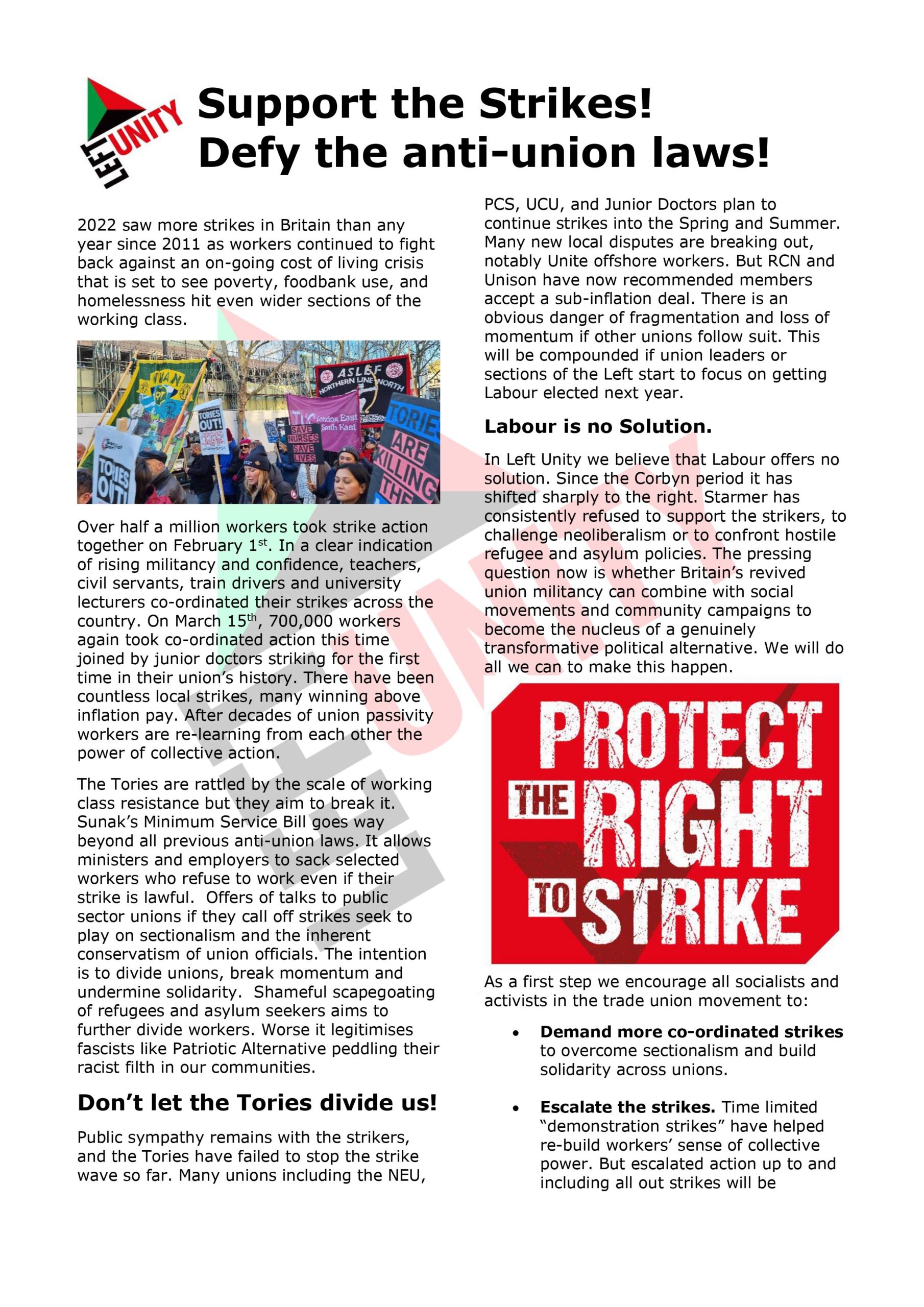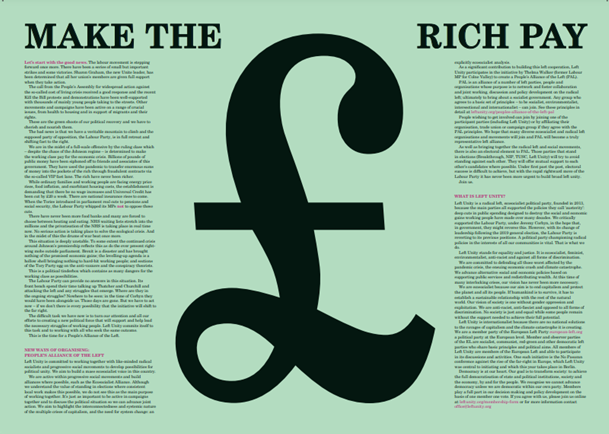In Honour of International Women’s Day
International Women’s Day – 8th March – was originally a socialist holiday established in 1911 by the Socialist International and is celebrated by women’s groups around the world. In many countries, it is a national holiday and has recently been officially recognized by the United Nations, say Margaret Rapp and Susan Pashkoff.
However, up until the 1970s, with the advent of a new women’s movement, the radical working class roots of IWD had been practically forgotten. Due to its socialist leaning, it was excised from the United States’ memory, much as Labor Day replaced May Day, except in small immigrant enclaves or radical union groups. In Europe and the rest of the world, it continued to be widely celebrated, but tended to honour women in name only, mostly with flowers or by simply putting a woman’s face on a male agenda. IWD, in fact, was the culmination of a century of women working in the labour, feminist, socialist, and anti-slavery and segregation movements to bring together the common interests of the working class and women’s rights advocates.
Four major trends led to the establishment of IWD. The first was a revolutionary fervour in Europe and the United States toward socialism, democratization and the vote. In Europe it was exemplified by a movement for working class men without property seeking the vote to further a socialist government, paralleled by a movement for middle class women to get the vote. This situation was mirrored in the United States by the struggle to gain the vote for black men and white women. The contradictions between these two types of suffrage movements were evident – should we fight for the non-propertied or black men to get the vote, even if women were excluded? The solution, of course, was to get the vote for both groups. Clara Zetkin was among the early socialists to see working class women as the driving force towards universal suffrage: everyone gets the vote independent of property qualifications to which it had been historically tied, since they bridged the divide, yet retain the principle of a revolutionary socialist agenda.
It was Clara Zetkin who advocated for the merging of the working class socialist movement and women’s movement through the establishment of International Women’s Day as a way to forward the goals of both labour and women. The first clear victories in which the leadership of working class women following the establishment of IWD were the organization of the textile workers and women’s suffrage in the United States and the Russian Revolution in 1917 which began with a massive strike by women textile workers in Petrograd (St. Petersburg) on International Women’s Day against both the orders of the unions and left-wing political parties. The strikes lit the match of a country on the verge; they doubled in size to 200,000 workers and over the next few days, 66,000 men of the local army garrison joined forces with the strikers. The February Russian revolution began and the Tsar was forced to abdicate.
The second important factor was the increased numbers of women in the labour movement, particularly in the textile industry, as more and more women were pulled into factories and out of homes with the rise of industrial capitalism. Their struggle to free themselves from the patriarchal home and obtain decent work conditions in the marketplace instead of being viewed as cheap labour is exemplified in the call for both ‘bread and roses’. The textile strikes beginning in 1857 and the massive strikes between 1908 and 1915 were the activist expression of women’s struggle for power. This was especially true after the horror of the Triangle Shirtwaist factory strike where mostly women workers, but also children and a few men, were killed in a in a sweatshop fire.
While initially the feminist movement focused on human rights issues for women such as suffrage, many of the women felt allied to working class struggles for decent wages and rights and took up the call that freedom and equality for one group meant freedom and equality for all.
While the anti-slavery movement seems distinct, the end of slavery pushed all workers, black and white into the same labor struggle as wage laborers. Once this occurred, it was up to anti-racist groups to fight for equality within the labor movement. This, of course, always raised the question of equality for the other major group excluded from equality in the labor force – women.
These movements, occurring in a short period between the end of the civil war and the end of the First World War, provided the activist and theoretical base to try to unite diverse groups into the revolutionary struggle. The formation of IWD was an explicit effort to unite the interests and theories of women and male labor (including workers of color that was implied in the socialist agenda) under a Revolutionary Socialist agenda in support of universal suffrage and economic equality.
1 comment
One response to “In Honour of International Women’s Day”
Left Unity is active in movements and campaigns across the left, working to create an alternative to the main political parties.
About Left Unity
Read our manifesto
Left Unity is a member of the European Left Party. 
Read the European Left Manifesto
ACTIVIST CALENDAR
Events and protests from around the movement, and local Left Unity meetings.

ongoing
Just Stop Oil – Slow Marches
Slow marches are still legal (so LOW RISK of arrest), and are extremely effective. The plan is to keep up the pressure on this ecocidal government to stop all new fossil fuel licences.
Saturday 27th April: national march for Palestine
National demonstration.
Ceasefire NOW! Stop the Genocide in Gaza: Assemble 12 noon Central London
Full details to follow
More events »
GET UPDATES
Sign up to the Left Unity email newsletter.
CAMPAIGNING MATERIALS
Get the latest Left Unity resources.




I learnt a lot from this article. Thanks.